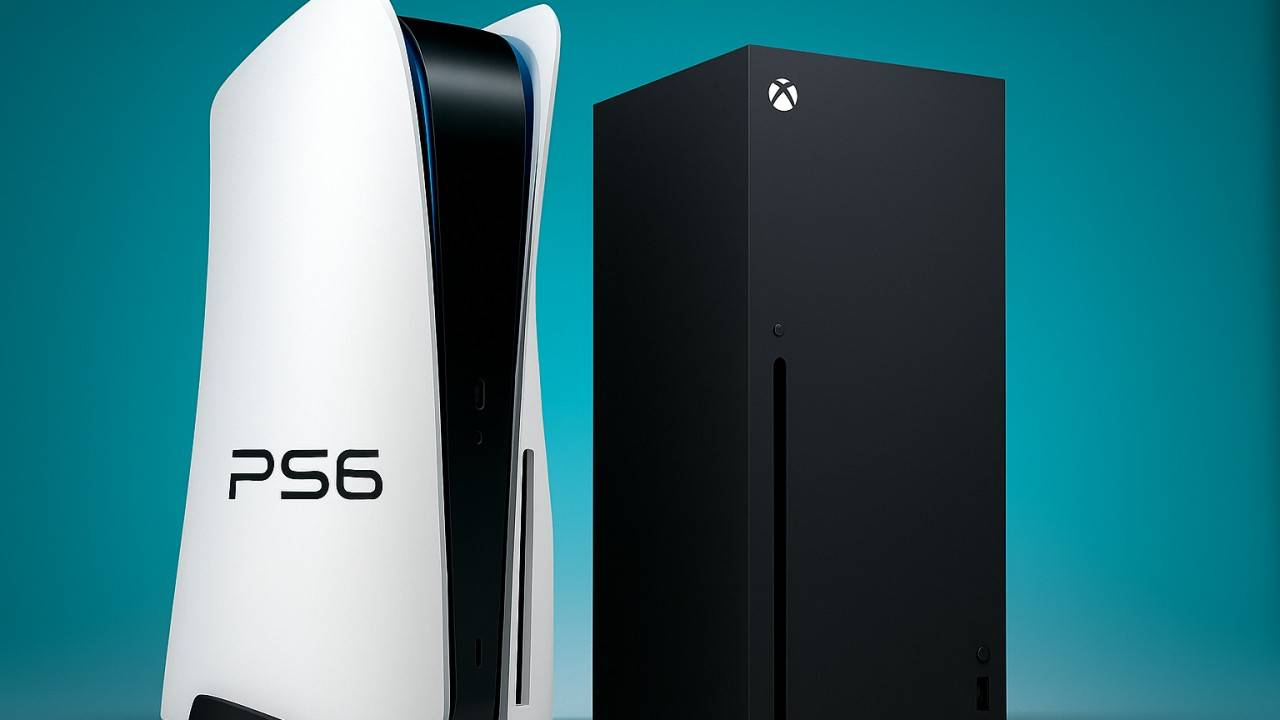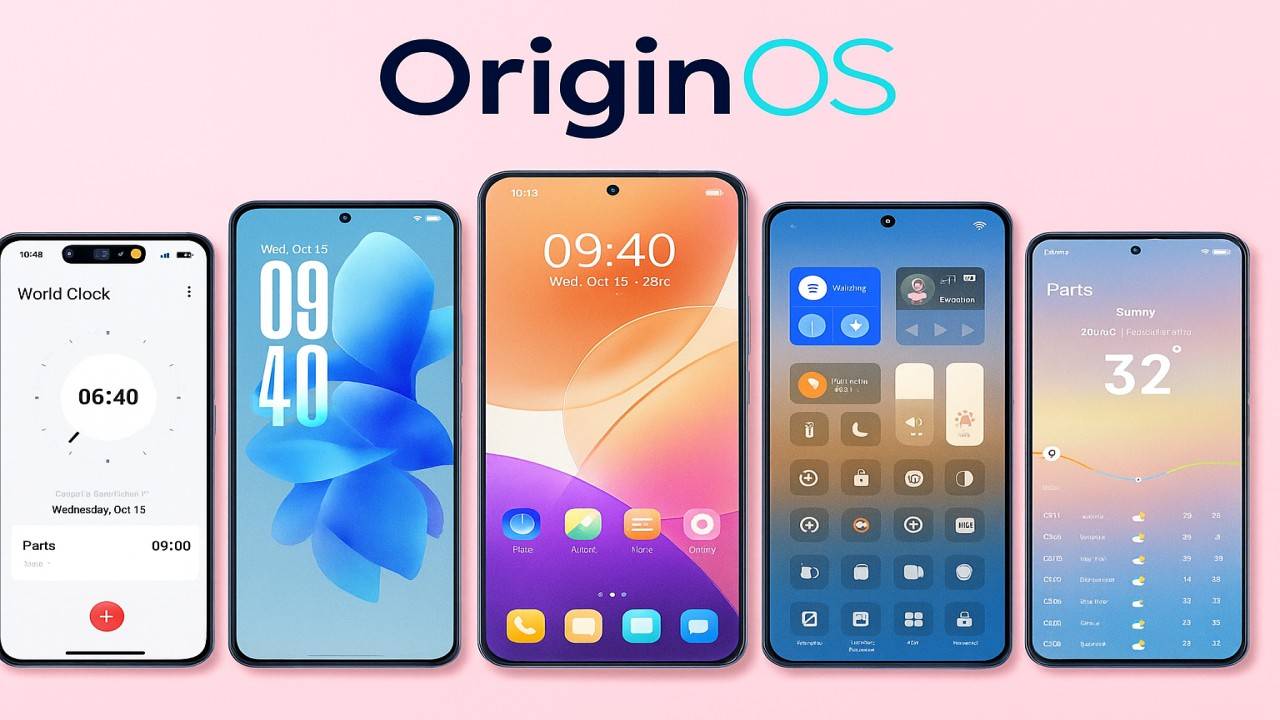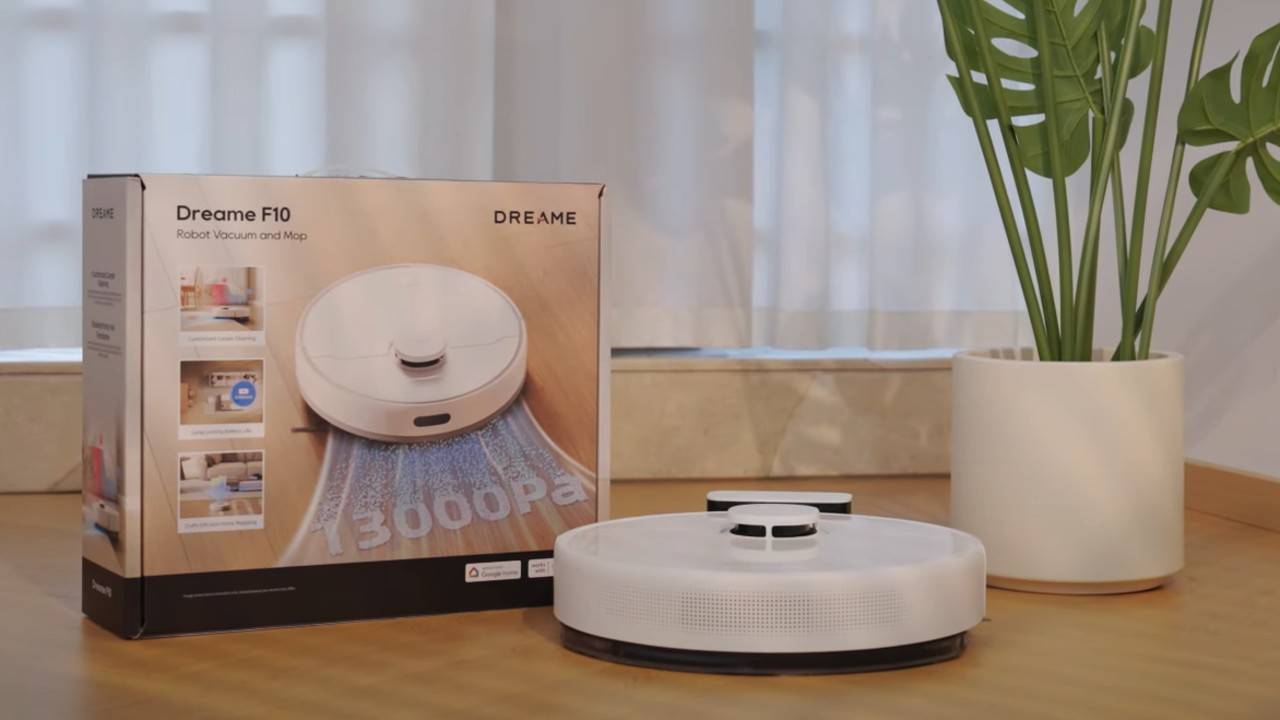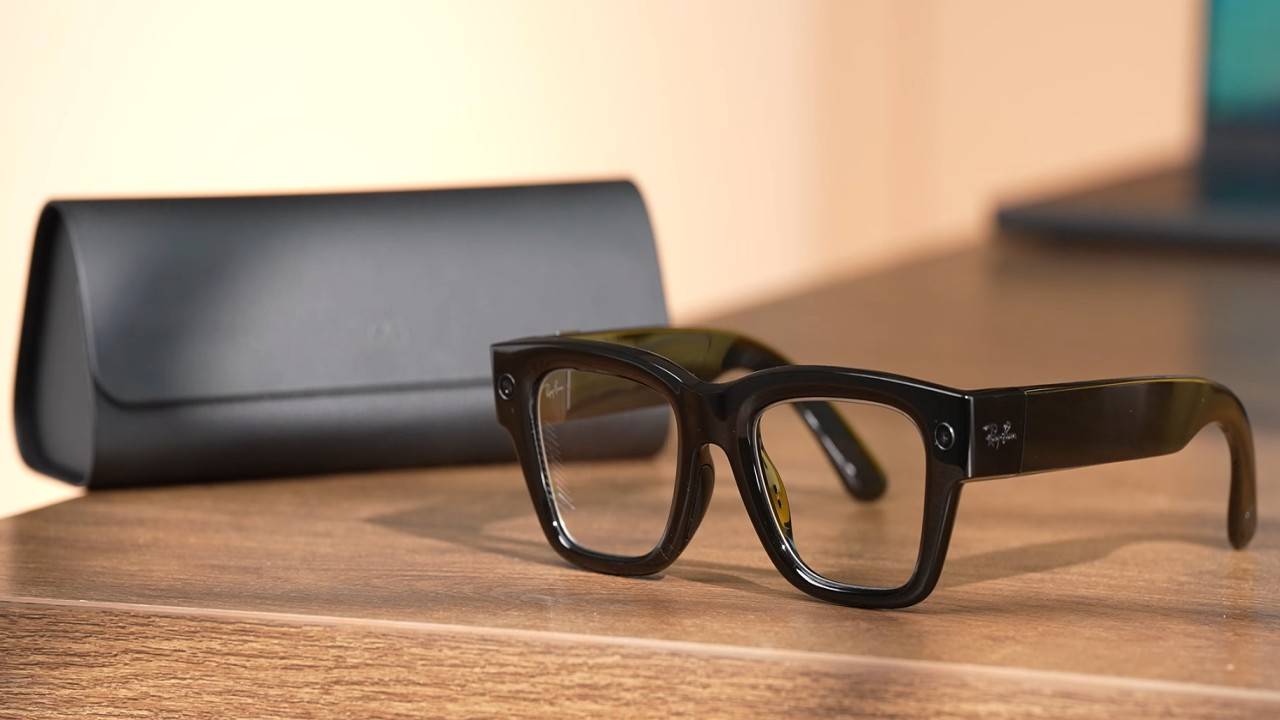The world of gaming could be on the cusp of revolution once again. Based on various insider leaks and reports, Sony’s PlayStation 6 (PS6) and Microsoft’s next-gen Xbox console, codename “Magnus”, are set to launch in 2027. Neither has the information been officially acknowledged by the companies, yet more and more credible sources are showing us interesting peeks at what might be the most powerful console generation ever.
Here, we dissect all you must know — from leaked specs and price points to philosophy and what it can imply for the future of gaming.
The Next Generation Timeline: 2027 Launch Expected
Today’s generation — the PlayStation 5 and Xbox Series X/S — arrived in late 2020, bringing with it mighty hardware, blazing-fast SSDs, and high-end graphics performance. With just under seven years between generations, a 2027 launch perfectly aligns with Sony and Microsoft’s past pattern for new hardware releases.
Industry sources say both firms are well into prototype testing and hardware finalization processes. Production might commence as soon as early 2027, with international releases in the latter half of the year — provided there are no manufacturing hiccups or supply chain disruptions like those experienced during the pandemic.
If true, the PS6 and Xbox Magnus may make it just in time for the 2027 holiday season to position themselves for yet another console war.
Xbox Magnus: Next-Generation Powerhouse
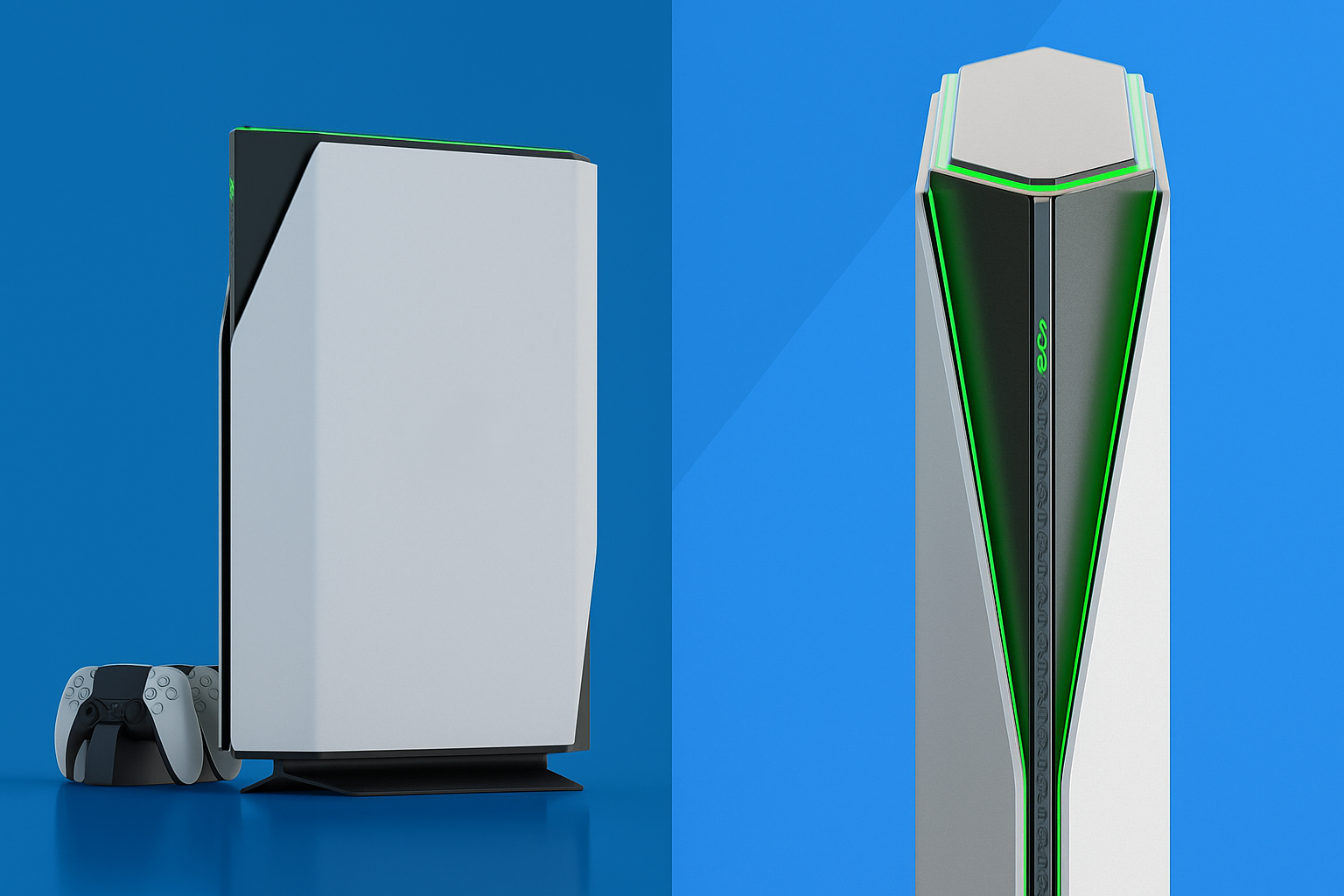
Of the two, the Xbox Magnus is making the most noise. Reports have it that Microsoft’s new console will be equipped with an AMD-designed APU, code-named Magnus, which may propel it to the most powerful console ever made.
Dropped details indicate:
- CPU: Possibly an 11-core Zen 6 setup, delivering gigantic strides in efficiency and multitasking over the current Zen 2-based Series X.
- GPU: Approximately 68 RDNA 5 compute units, which can deliver the latest visuals, real-time ray tracing, and frame rates that match high-end gaming rigs.
- Memory: A whopping 48GB of GDDR7, almost double the next generation, enabling quicker texture streaming and superior performance on ultrahigh resolutions.
- Power & Cooling: The APU’s die size is reportedly over 400mm², which makes it a power-guzzling chip that needs sophisticated cooling — potentially increasing the console’s size above today’s Series X.
Raw power is certainly exciting, but perhaps at some price. Pre-releases suggest Microsoft will offer the top-of-the-range Magnus model for $800 to $1,200, more in line with a gaming PC rather than a conventional console.
This step follows Microsoft’s recent trend of converging console and PC ecosystems. The new Xbox could be a hybrid device that supports Windows-like features, providing cross-platform flexibility that mutes the difference between console and PC gaming.
PlayStation 6 (Orion): A Balanced Next Step
Sony, however, seems to be aiming for refinement over brute power. Codenamed “Orion” during early leaks, the PS6 supposedly features a new, smaller, and more efficient AMD APU compared to the Magnus chip.
Speculated PS6 specs are as follows:
- CPU: Next-generation Zen 6 or Zen 5-powered processor.
- GPU: 40–48 RDNA 5 compute units, with likely optimization for performance-per-watt over sheer horsepower.
- Memory: 24–32GB of GDDR7, still a major step up over the PS5’s 16GB GDDR6.
- Storage: Larger NVMe Gen 5 SSD with extremely quick data transfer rates, further enhancing game load times.
Although it may not top Xbox Magnus in sheer specs, the PS6 could take a hit from Sony’s optimization expertise. Traditionally, Sony’s first-party games such as God of War: Ragnarök, The Last of Us Part II, and Horizon Forbidden West have displayed how the firm extracts maximum performance out of its hardware. Look for more of the same with the PS6 — as first-party developers like Naughty Dog, Santa Monica Studio, and Insomniac Games push limits once again.
Performance Philosophy: Power vs Precision
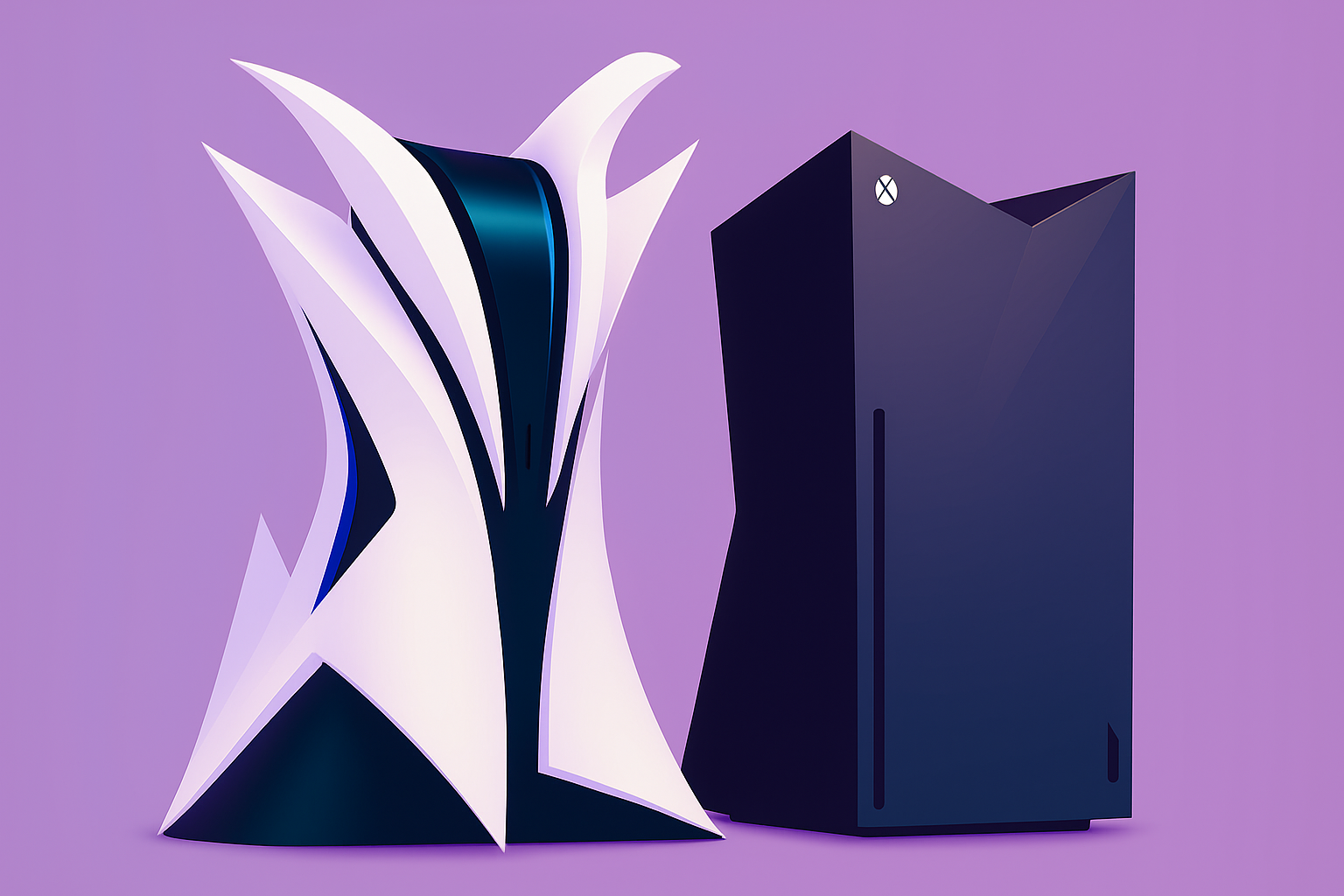
The rumored spec discrepancy draws a intriguing philosophical line between Sony and Microsoft.
Microsoft’s Plan: Bet big on performance and PC-like flexibility. Magnus may aim for 4K at 120Hz or even 144Hz output, serving enthusiasts who employ monitors and prioritize framerate equivalence with high-end PCs.
Sony’s Strategy: Balance affordability and exclusivity with performance, maximizing for 4K/60 FPS gaming and cinematic experiences optimized for TV configurations.
Briefly: the Xbox Magnus might be the beast, but the PS6 would be the refined, game-centric experience — an extension of their respective identities.
Why Xbox Magnus Could Be Pricier
The speculated higher price tag of the next Xbox directly relates to its ambitious hardware. Microsoft’s design utilizes, according to sources:
- Advanced cooling systems to deal with increased thermals.
- Larger chip sizes and higher memory bandwidth, both of which drive manufacturing costs up.
- Premium materials to be quiet and stable in operation despite its power.
Microsoft could also release several SKUs — a mass-market version for regular gamers and a “Pro” or “Elite” SKU for power-hungry enthusiasts.
Sony may target a price sweet spot of $600–$700, which will make the PS6 affordable to mass-market consumers yet retain high performance.
Backwards Compatibility and Ecosystem Integration
Both firms should support full backwards compatibility so that players can still play their current libraries. Xbox has already established a very good record here, and Microsoft is not likely to break that tradition. Sony has also come on in leaps and bounds with backward compatibility since the PS5 and should be expected to support it for the PS6.
In addition, services such as Xbox Game Pass and PlayStation Plus Premium will have even larger roles to play. Subscription models are now the core of console ecosystems, providing instant access to vast game libraries, cloud gaming, and cross-platform play.
What These Leaks Imply for Gamers
If these rumors are true, the next generation will represent a huge step up in a number of important areas:
- Visual Fidelity: Near-PC-grade graphics, 4K/120FPS gaming, and sophisticated ray tracing will be the norm.
- AI-Enhanced Upgrade: Both consoles might implement AI-based upscaling or frame creation, the way NVIDIA’s DLSS and AMD’s FSR do.
- Speedier Loads: Next-gen SSDs and bandwidth will see load times near zero.
- Interactive Worlds: Creators will gain more creative control to design denser, richer, and more interactive worlds.
In short, 2027 may be an age where the distinction between console and PC gaming turns almost imperceptible.
Rumors, Reliability & What’s Next
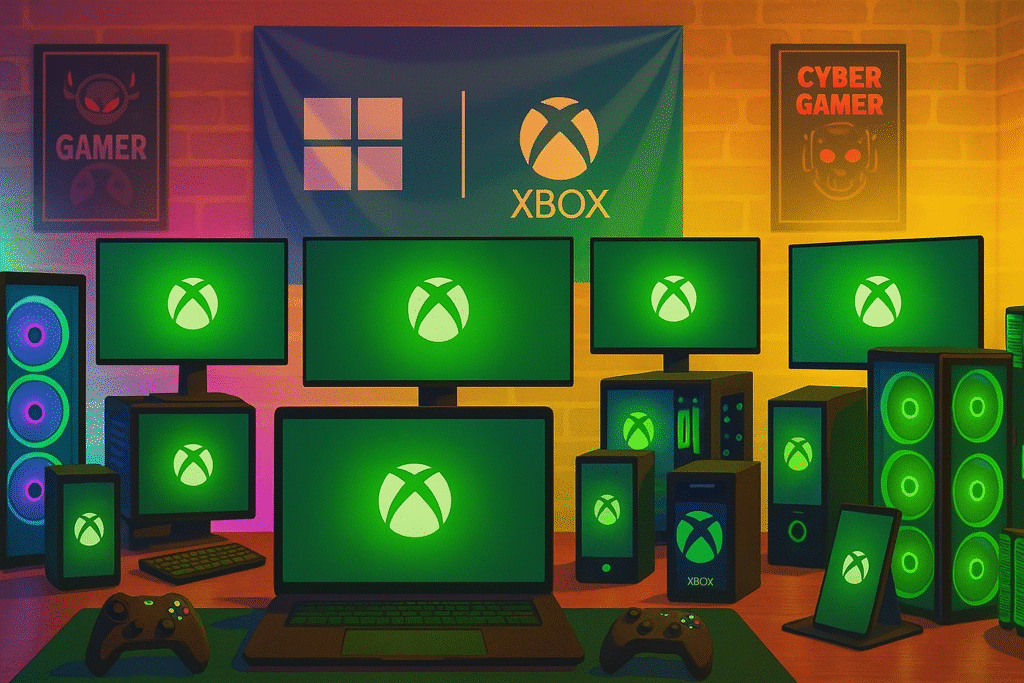
Though the hype is well-deserved, it’s important to keep in mind that none of these specifications are officially confirmed. Hardware design shifts all the time during development, and early leaks tend to overestimate final specs.
Nevertheless, the steady stream of reports from credible insiders, coupled with AMD’s steady roadmap for RDNA 5 and Zen 6 architectures, lends these rumors some credibility.
The next serious teases might come from:
- AMD’s official announcements about its next-gen APU lineup.
- Game developer leaks referencing next-gen dev kits.
- Tech events like CES or E3, where companies sometimes tease hardware roadmaps.
Final Thoughts
Whether you’re Team PlayStation or Team Xbox, 2027 is shaping up to be an electrifying year for gamers. The PS6 promises a sleek, efficient, and exclusive-driven experience, while the Xbox Magnus looks poised to redefine console power.
One thing is for sure — the next generation won’t be an update; it’ll be a redefinition of what console hardware can achieve.
The war for console dominance is set to get hot once again.
Related posts:
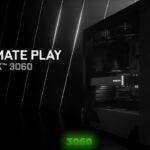 NVIDIA GeForce RTX 5060: Ultimate Specs, Performance & Gaming Power
NVIDIA GeForce RTX 5060: Ultimate Specs, Performance & Gaming Power
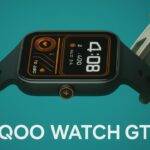 iQOO Watch GT 2: The Evolution of Smartwatch Performance
iQOO Watch GT 2: The Evolution of Smartwatch Performance
 Vivo Watch GT 2 Launched With 2.07-Inch Display & eSIM Support: Price, Features & Everything You Should Know
Vivo Watch GT 2 Launched With 2.07-Inch Display & eSIM Support: Price, Features & Everything You Should Know
 Samsung Galaxy Event October 21: Project Moohan XR Headset Ready to Revolutionize Immersive Tech
Samsung Galaxy Event October 21: Project Moohan XR Headset Ready to Revolutionize Immersive Tech

